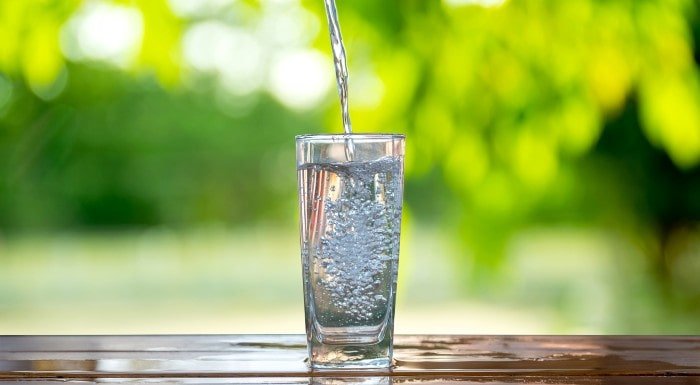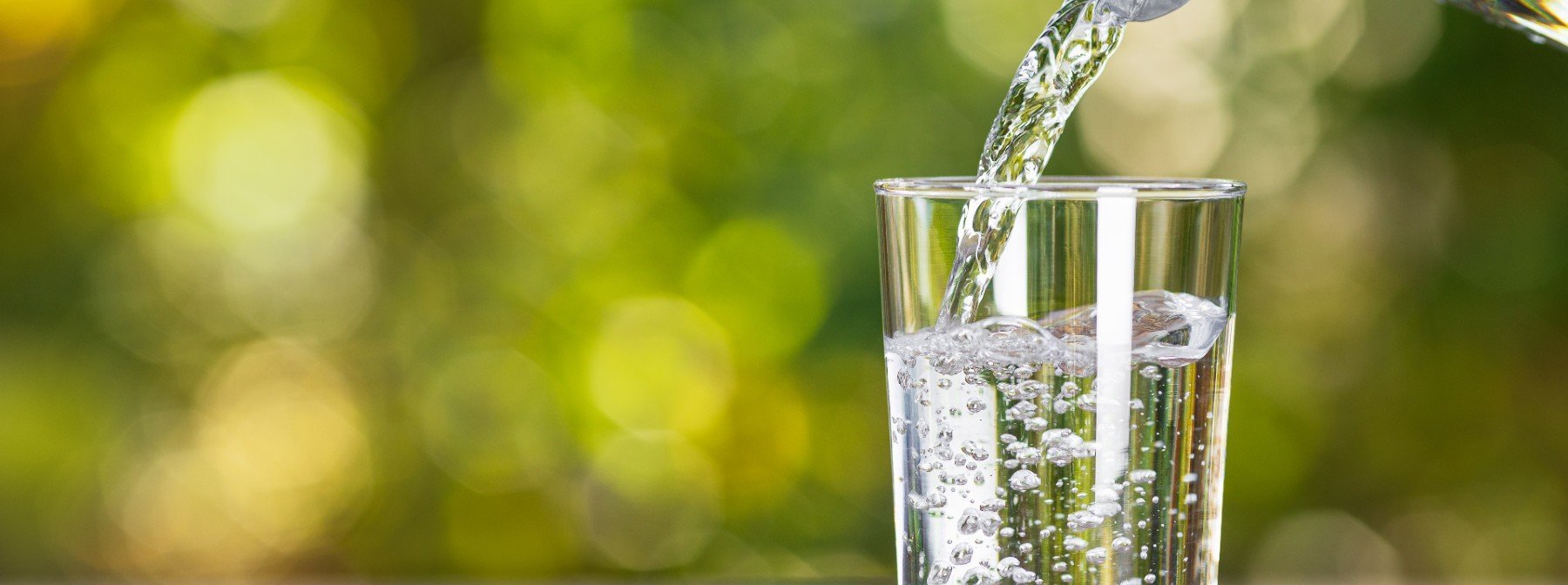Hydration is key to both good health and good performance. Water is the largest component of our bodies, making up between 50-60% (which varies based on factors like age, sex, and body composition).1 Just like we’re constantly burning calories and need to consume food to replenish our energy, we’re always losing water as well – through urine, sweat, and even just breathing. When we exercise, we increase all of those mechanisms of water loss – and higher temperatures can play a role as well.
This article will explain why water is so important, how much water you should drink in a day, and what other factors you might need to consider.
Jump to:
- How much water do I need per day?
- What are the effects of dehydration?
- Can you drink too much water?
- Hydration indicators

How much water do I need per day?
Daily water intake depends on many factors, so there are general guideline amounts available from both the USDA and the NHS.
The USDA recommends 11.5 cups of water per day (2.72L) for women 15.5 cups for men (3.66L); the NHS Eat Well guide recommends between 6-8 glasses of low or no calorie beverages per day (a glass is typically more than an 8oz cup).2,3 The USDA recommendation includes water that’s found in food (like fruits and vegetables) which can make up about 20% of our daily fluid intake.
What are the effects of dehydration?
Water is essential to most of our body’s processes, including metabolism. If you’re dehydrated, it can impact your brain function, your energy levels, your skin health and appearance.
Serious or chronic dehydration can impact your heart, kidneys, and make you feel weak and nauseated.1 While researchers have long assumed that dehydration can impact athletic performance, the results on this are varied – however, all experts agree that adequate water intake is crucial for good health.1,4
Can you drink too much water?
While many might struggle to get enough water, it actually is possible to drink too much water. Just like we need to replace water when we sweat, we also need to replace electrolytes lost through sweat. If we only replace the water in large quantities, it can cause electrolyte imbalances that may also require medical attention. It’s for this reason that athletes who run marathons and participate in other endurance exercises have to plan to replenish electrolytes as well as fluids.
Hydration Indicators
One quick way to assess your hydration status is the color of your urine. You want your urine color to be a pale yellow, which indicates good hydration. Dark yellow or amber colored urine indicates that you may be dehydrated. You may also feel weak, dizzy, or not have much energy.
If you feel physically thirsty you may already be dehydrated. Oftentimes thirst is confused for hunger. The next time you have the urge to snack, start with a glass of water and see if you feel better. Sweating a lot, working out for more than 60 minutes, losing fluid from an upset stomach or having a fever may all increase your fluid needs. Other life stages, like pregnancy, breastfeeding, and aging can also impact your fluid needs.
Take Home Message
While we all know water is beneficial, it can be hard to get enough. Keep track of your fluid intake for a few days and look for opportunities to meet your fluid goals. Try to choose water or fat free milks that are low in calories for the majority of your fluid. Caffeinated beverages and alcohol can actually be dehydrating, so focus on plain water as much as possible – and keep the high-water content fruits and vegetables as part of your diet.



